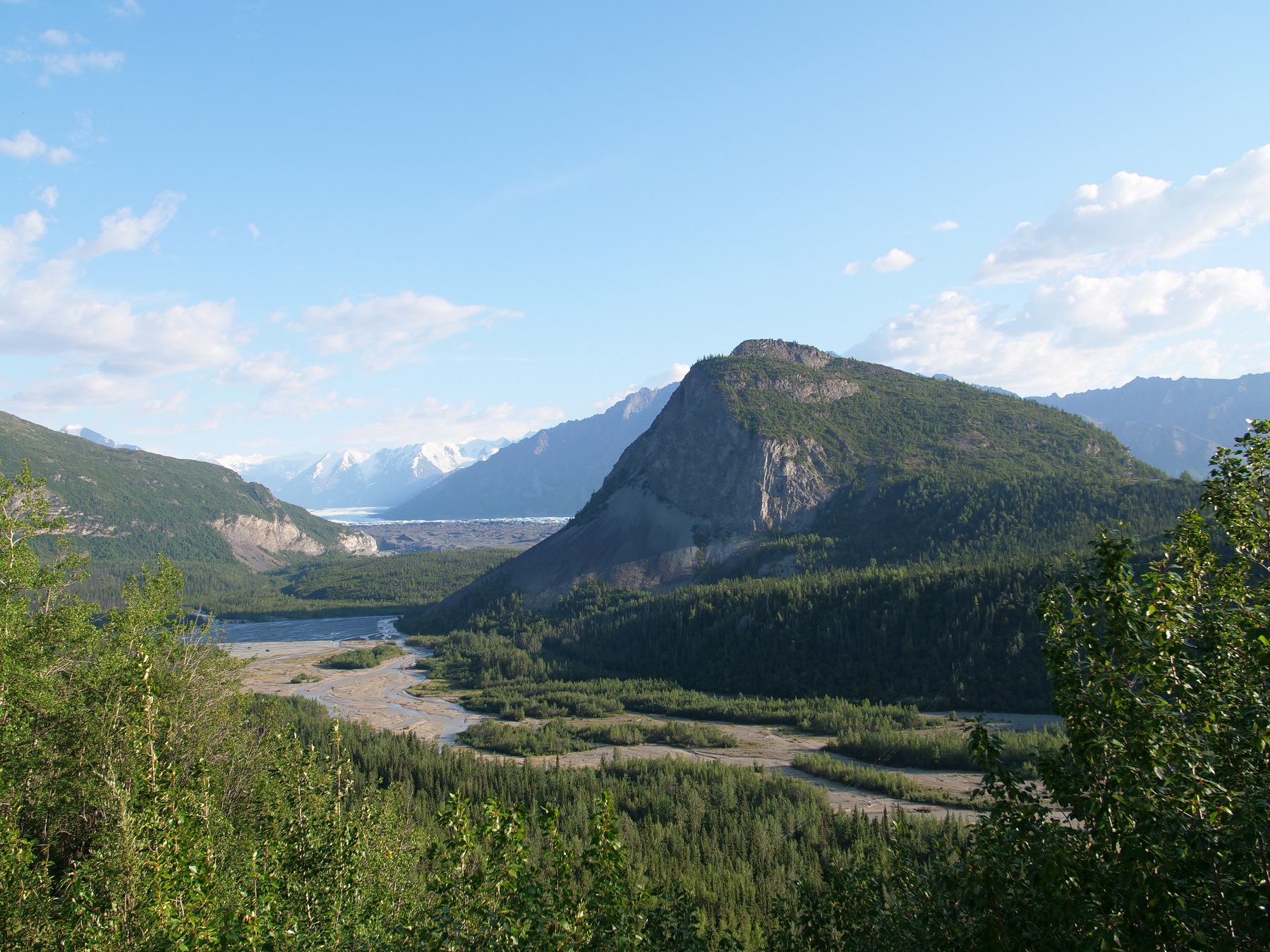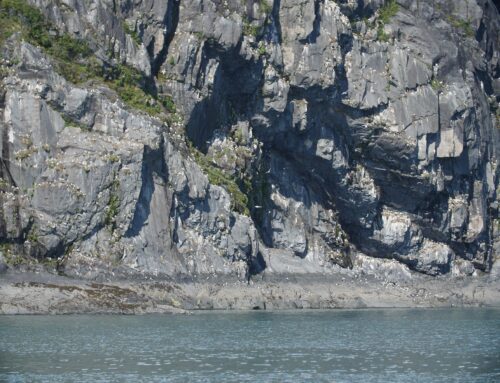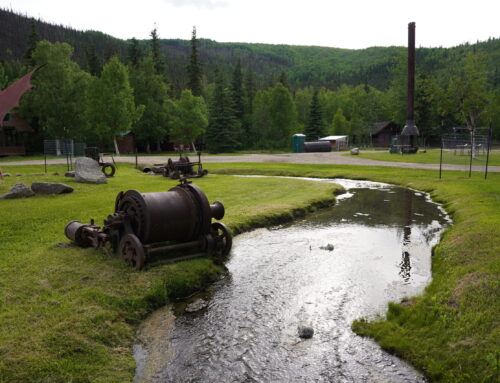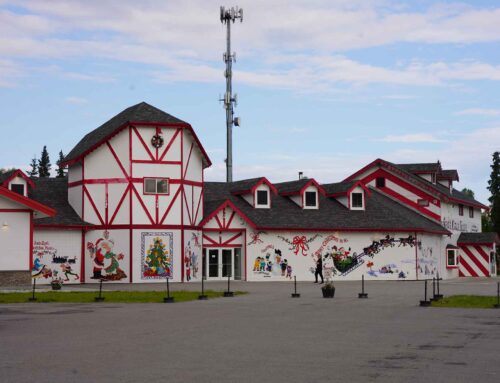Elemental Opposites
Alaska is home to not only the most glaciers in the Northern continent, it is also known for it’s density of volcanoes. There are 54 that are considered ‘active’, meaning they have erupted within the last 300 years. With non-active (dormant) volcanoes, there are over 130 in Alaska. Some of them are even active today and many of these volcanoes have been etched by glacier moving across them (DNR Geological and Geophysical Surveys). These elemental opposite natural forces have had a large influence and left literal impressions on the Alaskan landscape we know today. Due to thousands of years of this dance between fire and ice, we now get to enjoy the natural art left behind by these geological giants.
Volcanoes
A volcano is an opening in a planet or moon’s crust through which molten rock and gases trapped under the surface erupt. This often forms a hill or mountain. (NatGeo) Across the globe and continents, along the shorelines where faults have collided and separated, we can observe the effects that volcanoes and glaciers leave behind.
These events have created rugged volcanic borders of shorelines, called the “Ring of Fire”. Although it is not actually a ring, it is the edge of a volcanic rim. This rim is also known as the Circum-Pacific Belt. This ‘belt’ spans thousands of miles across ocean bottom and along mountain ridges. Alaska is the Northern border of this ‘ring’. Since 1900, Alaska produces one to two volcanic eruptions each year. With dormant volcanoes, there are over 130 in Alaska. (DNRGSS)

Glaciers
A glacier is a large, yearly accumulation of crystalline ice, snow, rock, sediment, and often liquid water. This conglomerate of elements originates on land and moves down slope with the help of its own weight and gravity. And glaciers do have to meet a certain criteria in order to be recognized as such.
One is that annual temperatures are close to the freezing point. Another, winter precipitation produces significant accumulations of snow. And the other marker is temperatures throughout the rest of the year do not result in the complete loss of the year’s snow accumulation. (USGS)






